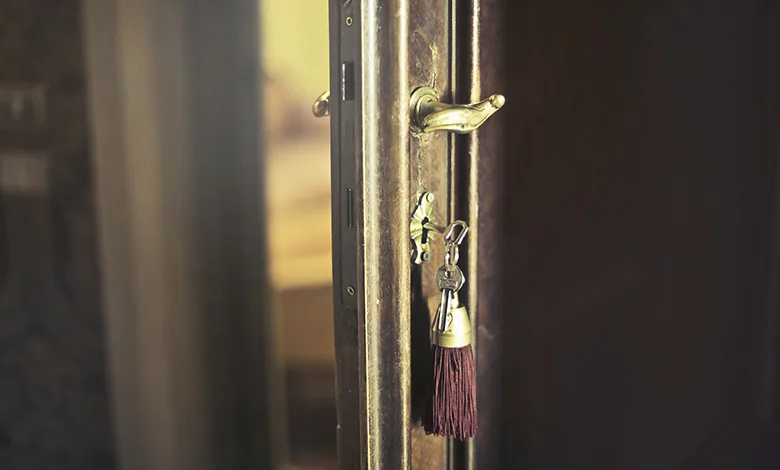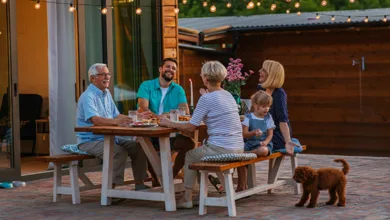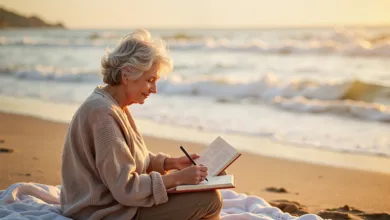Unlocking the Mysteries of Reiki

The art and practice of reiki, which originated in Japan in the 1920s, was shrouded in mystery up until the late 1990s. The sacred reiki traditions, symbols, and teachings were passed on only from the Reiki Master to the reiki student. With the dawn of the internet, the public began to have access to more information about the origins of reiki and the practice itself. As the public’s appetite for holistic solutions in medicine grew, the medical community began studying reiki and offering it in some hospital settings. The interest and study have resulted in a demystification of reiki and the overall rise of its popularity.
Over the past two editions of fyi50+, you’ve learned more about this energy therapy meant to complement modern medicine. I’ve shared “My Journey to Wholeness,” a personal story of how I came to be a Reiki Master and the impact it made on my health and well-being. In addition, I’ve also provided you with a list of the top 10 reasons for “The Reiki Appeal.” Join me as I dive into what to expect before, during, and after your session.
In preparation, arrive with an open mind and an intention for your session. A traditional session lasts one hour and begins with a brief consultation before the session to learn more about you and what brings you to reiki.
The session is conducted with clothes on, shoes off, lying on a reiki table, or seated in a chair. As each reiki practitioner has the flexibility to add their own style and incorporate prior training, you can consult with your practitioner on which type of reiki may be best for you, including abridged or extended, virtual or in-person sessions.
As the quiet portion of reiki begins, a practitioner will typically open a session with a brief self-reiki to clear their own space and then open the session by drawing out specific Japanese symbols to awaken the universal energy that is core to us all. The practitioner will focus first on the front of your body, hovering or laying hands while using key hand positions and drawing more symbols as they move methodically from head to toe. They will then sweep over the back of your body similarly. Together, these techniques help direct the flow of energy to help facilitate healing.
Clients typically report a sense of deep relaxation that comes over them during a session that may mimic a meditative state. It is believed that healing is most likely to occur from this state.
You may find practitioners offering to talk you through this part of the session and/or complement their sessions using healing stones, a dorje bell, and singing bowls.
After the reiki portion of the session, there will be a debrief discussion on what the client experienced and, for more skilled practitioners, the intuitive insights they received that can help you make connections between your physical, emotional, and spiritual health. Inwardly focused learning may follow your sessions, which provide clarity of thought about your circumstances and a clearer direction on moving forward.
As you can see, there are equal amounts of beauty, tradition, and flexibility with reiki. You are encouraged to talk with your practitioners about your personal preferences. Reiki is not to replace conventional medicine but to complement your current treatment plan.
Join us for our May/June issue as we journey beyond a traditional reiki session and learn more about other ways reiki is applied to promote healing in different settings and with different consumers.





